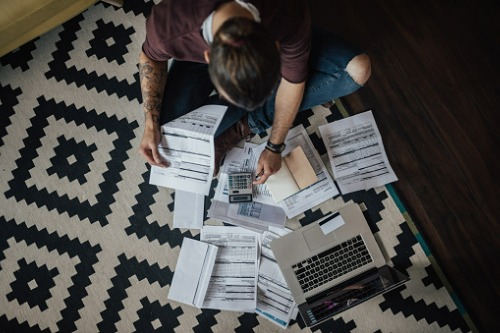The alarming trend is essentially sacrificing future growth and stability, observers warn

The share of Canadian household debt in the nation’s GDP reached a record high of 111.59% in the first quarter of the year, according to Statistics Canada.
Apart from a slight downward movement in the 2018-19 interval, this share has generally increased over the past half-decade, with the proportion at 100.68% in Q1 2016, growing to 103.38% in Q1 2017, ticking down to 102.46% in Q1 2018 and then to 102.12% in Q1 2019, before jumping to 103.34% in Q1 2020.
In its analysis of the StatsCan figures, real estate information portal Better Dwelling warned that this trend means essentially sacrificing future growth and stability.
Data from the US Federal Reserve suggests that “for every point this ratio gains, 0.3 points of long-term GDP growth are lost,” Better Dwelling said. “After all, debt is borrowing future productivity for consumption today. It boosts near-term numbers, but in the long term makes things much worse. This leads to higher and higher debt loads required for future growth.”
Read more: What will Canadians’ post-pandemic financial health look like?
The COVID-19 pandemic has not helped matters. While overall spending was reduced and many Canadians opted to pay off existing debt during the first few months of the economic shutdowns, the health crisis has also led to an intensified reliance on debt types such as home equity lines of credit (HELOCs).
Earlier this year, a white paper by GreedyRates.ca reported that the “now-normalized dependence on debt” stemmed from the key measure of Canadian household debt to disposable income exceeding 155% last year.
For perspective, the reading was around 150% just after the Great Financial Crisis. Overall, HELOC debt stood at more than $268 billion last year.
“Canadians are increasingly forced to choose between servicing their debt and adding to savings or covering the cost of increasingly expensive necessities such as housing and education,” GreedyRates reported. “Some Canadians have even been forced to sell assets or withdraw from their RR-SPs in order to keep their finances afloat.”



